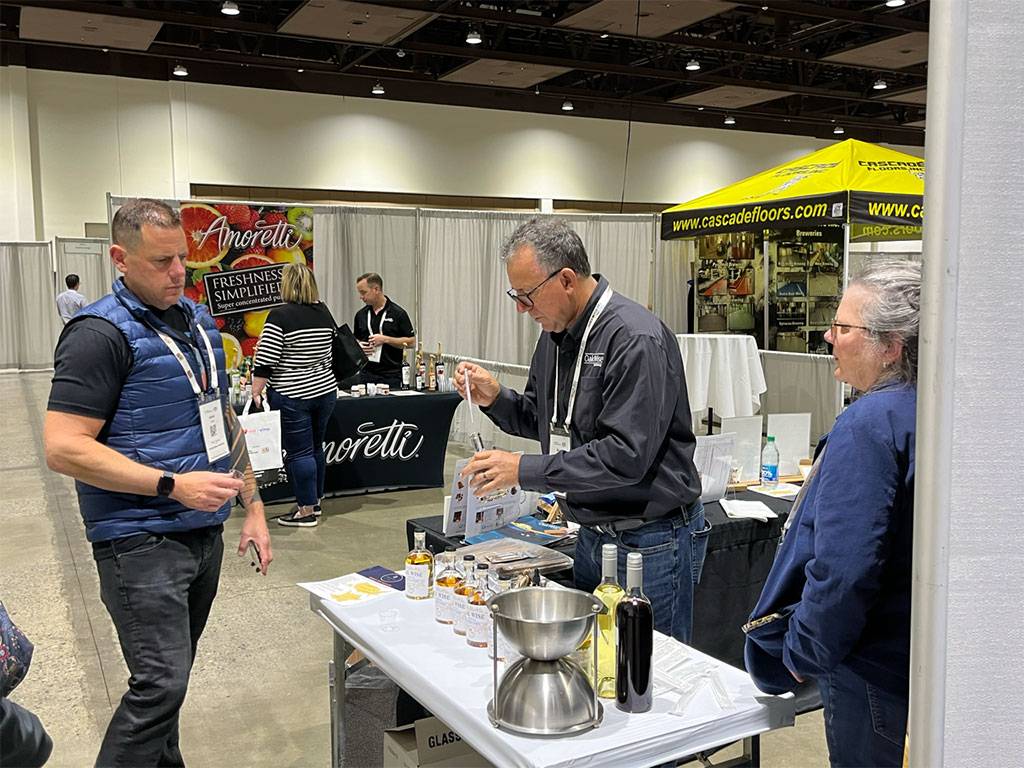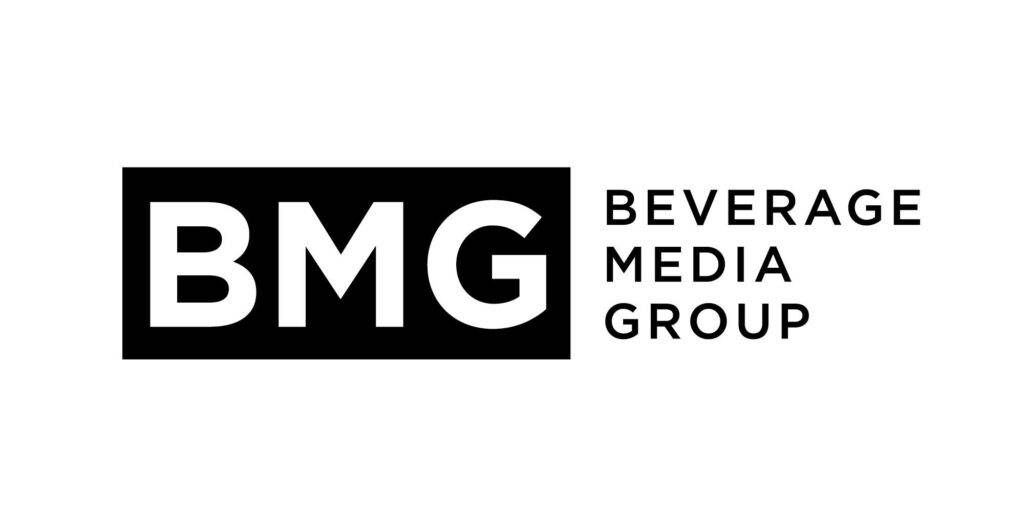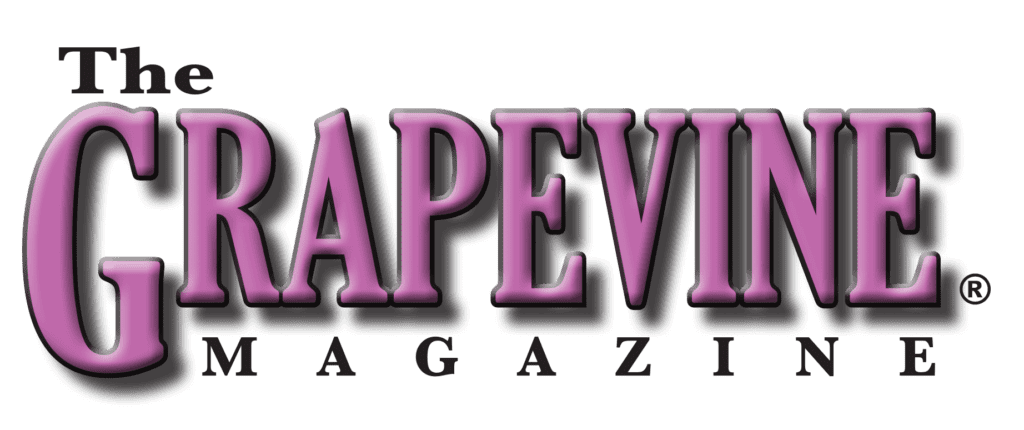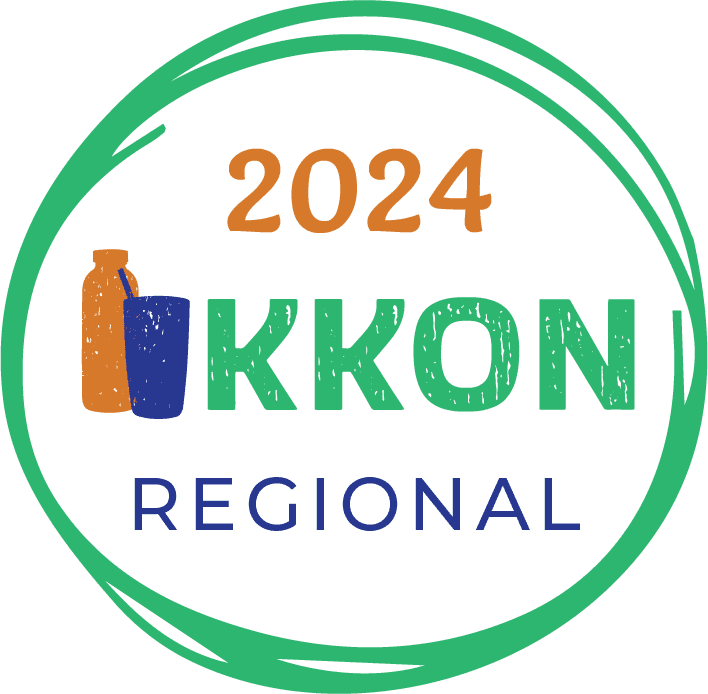COVID-19 feels like it has infected businesses and the economy — and to a certain extent, it has done so, putting many businesses on life support. Yet, many are fighting back, like those in our industry, with resilient actions and innovative thinking.
Marketing Challenges
Maybe you are struggling yourself and not sure how to market to your audience during such unprecedented times. After all, it is a delicate balance to try and continue marketing to your audience when you are not sure how they have fared throughout the pandemic. The last thing you want to do is appear like an uncaring company that is just trying to sell, sell, sell.
Here are some ways to continue your marketing efforts while being mindful of your audience and their own potential struggles.
Relationships, First and Foremost
Right now, we could all use a hug. In the case of your customers, that ‘hug’ can be as easy as reaching out and checking in with them. See how they are doing and ask how you might be able to support their own efforts.
It’s the ideal time to create bonds with your customers, vendors, and everyone in your network. Look for meaningful ways that encourage conversation. If anything, you can deliver service and support as your new marketing mantra.
Spend more time on your social media accounts, sharing what you are doing and engaging in dialogue with your followers. They are most likely spending more time on these channels looking for encouragement and direction. You can be that for them by sharing regular updates, helpful content, and even funny posts designed to make them smile.
Travel the Direct-To-Consumer (DTC) Route
Now more than ever, it helps to make it as easy as possible to purchase products. Clearly, that has been a marketing goal for some time now, but the rules have changed in terms of how consumers can get to these products.
Direct-To-Consumer (DTC) has been one way to respond to these shifting guidelines about how business can be conducted during COVID-19. DTC sales had already become a critical strategy for American wineries prior to COVID-19, reaching $3.2 billion in sales in 2019, according to Sovos ShipCompliant. This marketing strategy is only set to rise as more consumers appreciate the ability to receive their preferred craft beverage of choice directly from the winery, brewery, or distillery.
Third-party service providers are also emerging to make this a reality while a text-to-buy approach is doing well with some craft beverage makers. One of the best tactics has been to adopt subscription services. For example, the whiskey segment has done well with this subscription box model, giving consumers a way to sample an and enjoy different beverages in the comfort and safety of their own home.
Take it Outdoors with Strategic Partners
What’s been truly enjoyable is seeing how many companies are getting creative with their marketing efforts. With more mandates indicating that inside operations must shut down, the transformation to outdoor operations has been a good practice for others in our industry.
Partnerships with food trucks and catering services have enabled so many breweries and tasting rooms to remain open, with new casual outdoor seating (even in the middle of the parking lot!).
Others are looking to partner with local businesses to create a drinks-to-go menu. Other tactics have been to feature craft brands at “new-old” entertainment venues like drive-in movie theaters and concerts (for those who aren’t driving!).
Permanent Changes
Although challenging, many of these changes are also very exciting. When you consider the legislative barriers and state and city ordinances that prohibited so many channels to get craft beverages into the hands of consumers, this pandemic has, in some ways, taken those barriers away for us. Now, many of the things we can do — subscription boxes, curbside pickup, and outdoor/parking lot consumption — are now allowed.
While no one wanted this type of situation to happen to make these things possible, we can — and should — appreciate how to leverage these opportunities to market our craft beverage businesses differently. Doing so correctly can prove that these new operations are effective and can become permanent ways to make additional revenue even when the pandemic ends.
























